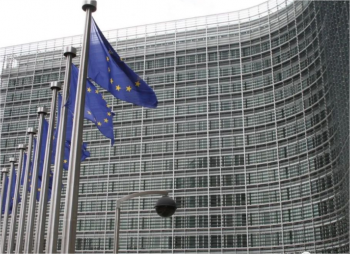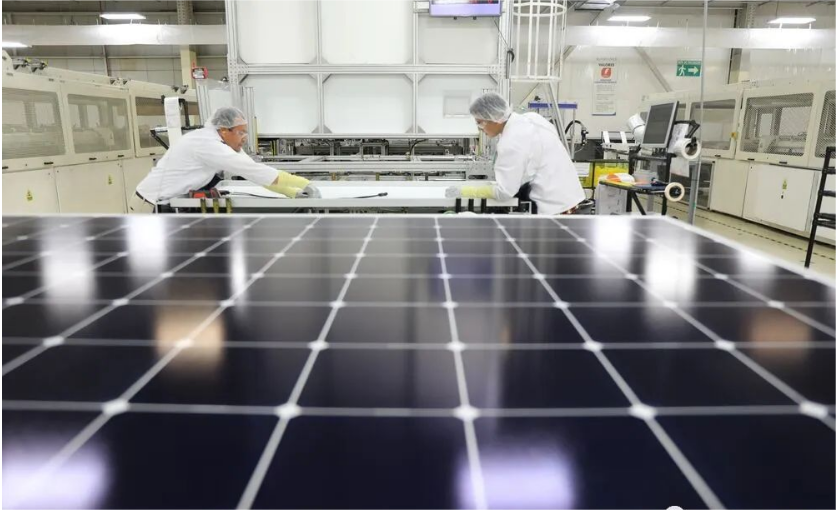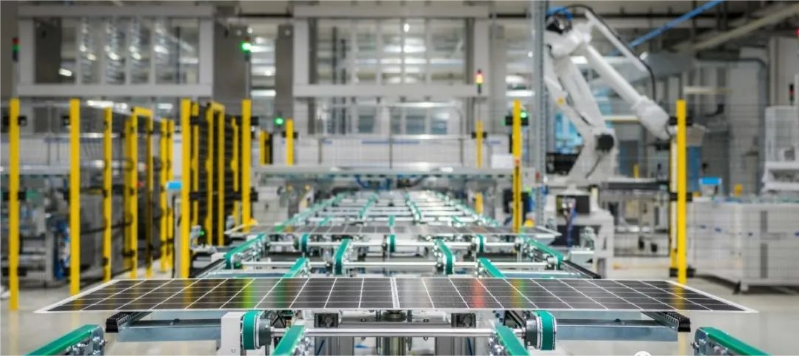
In recent years, solar power has been attracting a lot of attention as a clean, renewable form of energy. However, despite the strong demand presented by the solar market, the localization of manufacturing solar equipment in Europe still faces a number of challenges. This paper will look at the problems faced by the European solar manufacturing industry and possible solutions, as well as looking at new developments in the global solar industry.

Challenges: Insufficient policy support, high production costs, supply chain dependence
There has been a lack of clear policy support in Europe when it comes to solar manufacturing. Despite the EU's ambitious renewable energy targets for 2030, policy remains relatively unclear when it comes to supporting local manufacturing. This makes it difficult for European solar manufacturers to compete with global rivals such as the US and China, both of which have announced massive manufacturing support programs.
Production costs in Europe are relatively high, up to 50% higher than those in regions such as China. This is largely attributed to high electricity prices and labor costs. This makes it more expensive to manufacture solar equipment in Europe, which is a major barrier to local manufacturing.

Europe now relies heavily on polysilicon, but lacks sufficient ingot or wafer processing capacity. To localize solar manufacturing in Europe, more than 40 GW of annual ingot, wafer and cell capacity would need to be built, as well as another 30 GW of module capacity. This means that Europe will need to introduce high manufacturing incentives, as well as barriers to entry that limit low-cost imports, such as a proposed carbon border adjustment mechanism that would tax products with high carbon footprints, and possibly set quotas for local content in public tenders.
Opportunities: Sustainability advantage, technology leadership
Despite the high cost of manufacturing in Europe, European manufacturers have an advantage in terms of sustainability due to the lower carbon emissions of the final product. This advantage becomes particularly important in light of the current trend towards taxing materials and components with a high carbon footprint. European governments can also encourage local manufacturing by setting quotas for locally manufactured, low carbon content in public tenders.
There are opportunities for European manufacturers to take the lead in new technologies, such as chalcogenide or new wafer technologies, which offer lower production costs and higher efficiency. A number of partnerships have emerged in the European market to commercialize next-generation solar cells and modules based on silicon chalcogenide tandem technology. These partnerships are expected to contribute to Europe's technological leadership in emerging cell and wafer technologies, lowering energy production costs and reducing supply chain risks.

Conclusion
Despite the range of challenges facing the European solar manufacturing industry, there are many opportunities to capitalize on. Policymakers can take steps to explicitly support local manufacturing, reduce production costs, and encourage sustainable development. At the same time, technological innovation will play a key role in enabling European manufacturers to remain competitive in the global marketplace. The solar revolution is accelerating and Europe is expected to play an important role in this energy transition.